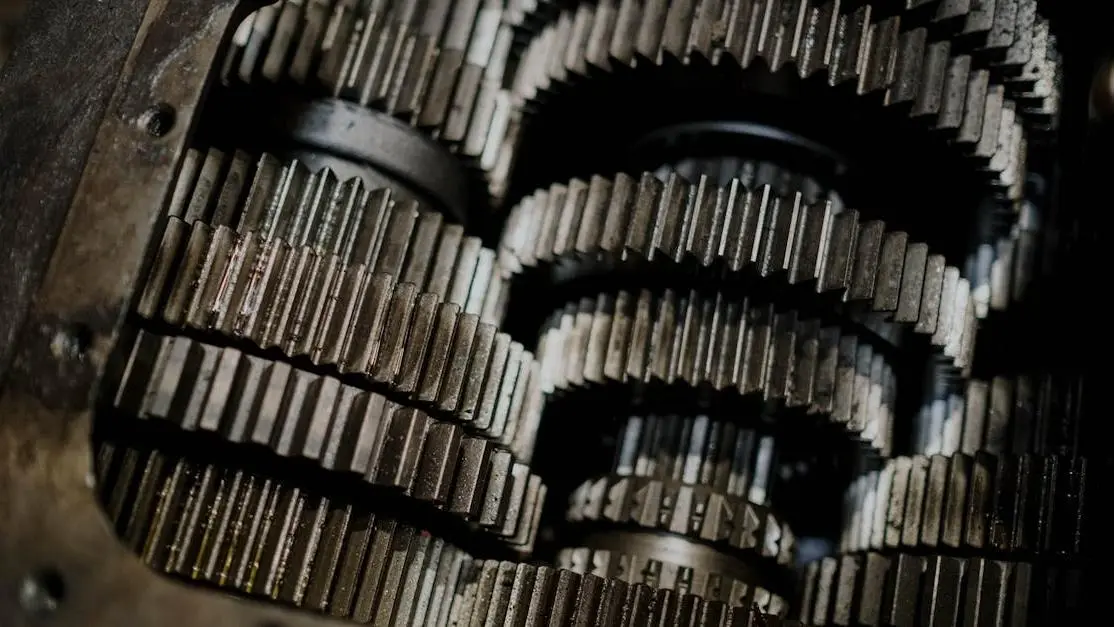Perfecting the clutch break-in process is crucial for car enthusiasts committed to maximizing vehicle performance. Missteps can lead to costly repairs and uneven wear.
We’ve crafted a guide to keep you on track with your new clutch.
- Master the clutch break-in process with precision.
- Avoid myths and discover how proper break-in locks in clutch durability.
- Learn about environmental factors like extreme temperatures that could impact the success of your clutch break-in.
Why a Proper Clutch Break-In Matters
Executing a proper clutch break-in process isn’t just about following a routine—it’s about unleashing the full potential of your vehicle. Mastering this process extends the life of your clutch and enhances your vehicle’s performance. By ensuring that every component seats perfectly, you’re investing in driving precision and reliability. Skip it, and you risk premature wear, slipping, and costly repairs. Understanding this sets the stage for smooth engagements and powerful pedal responses every time you drive.
A proper break-in ensures that new friction materials adjust seamlessly to the flywheel’s surface. This adjustment prevents glazing or uneven wear that can rob you of control. By reducing unnecessary wear and tear, not only do you protect your clutch, but you also enhance the smoothness of your driving experience. Plus, a well-bedded clutch promises better handling—something every automotive enthusiast desires.
Preparing for the Break-In: Essential Preparations
Before diving into the clutch break-in, preparation is key. First, assess your vehicle’s systems. Ensure the flywheel is free from damage or heat marks—prioritize its condition to prevent unnecessary complications after installation. Check your hydraulic system for leaks and proper bleeding; a steady pedal feel is crucial for an accurate break-in.
Before beginning, gather all necessary tools and plan for comfortable, consistent temperatures, as extreme cold or heat can affect the clutch’s wear. Choose roads that offer smooth driving conditions. This approach allows you to focus on technique without undue mechanical stress.
Prepping isn’t just about the physical checklist; it’s also about mentally preparing to execute a precise, controlled break-in. This attentiveness is what separates merely completing the task from mastering it.
Step-by-Step Guide to Clutch Break-In
To ensure longevity and optimal performance from your new clutch, following a structured break-in procedure is critical. Each step is engineered to provide the precision needed for a seamless integration of the new components.
- Engage Smoothly: Begin by gently accelerating and easing through gear shifts. Avoid aggressive accelerations and let the clutch pedal out slowly to prevent overheating.
- Vary Driving Conditions: For street clutches, aim for around 500 miles of moderate driving—avoid heavy loads and spirited driving. Mix city and highway driving to ensure even wear.
- Listen and Adjust: Pay attention to any unusual sounds or feelings. Any chatter or inconsistencies might indicate misalignment or require further adjustment. Always fully release the pedal between gear changes to prevent unnecessary stress.
- Assess the Pedal Feel: Noticing a change is normal as the clutch beds in. This evolution is a sign that materials are seating correctly. It should settle into a consistent feel.
- Check Engagement: Ensure that the vehicle responds smoothly to the full range of gear changes. This smooth responsiveness signals effective bedding.
Every step contributes to achieving the high performance and longevity you seek from your clutch. Approaching each gear change methodically allows you to maximize the life and efficiency of the clutch while enhancing your driving experience. By taking these calculated steps, you set yourself on a course for success—one gear shift at a time.
Common Mistakes and How to Avoid Them
Mistakes during the clutch break-in can undermine even the best efforts. Here’s how to sidestep common pitfalls:
- Avoid Resting on the Pedal: Habitually resting your foot on the clutch pedal can lead to premature wear. Ensure a complete release after each shift.
- Manage RPMs Wisely: Over-revving the engine can glaze the clutch. Stick to manufacturer recommendations for optimal rev limits during break-in.
- Don’t Overload the Clutch: Towing or heavy loads during the break-in period strain the new components. Keep it light and easy until the clutch is well-settled.
- Skip the Heavy Acceleration: Rapid starts and braking can lead to uneven wear. Go for smooth, gentle transitions instead.
To safeguard your investment, moderation is key. Slow, calculated shifts nurture a balanced break-in, keeping your vehicle operating smoothly.
What to Expect During the Break-In Period
The break-in process is about observing and adapting. As you diligently follow the procedure, you can anticipate a few characteristics:
- Initial Softness: A new clutch might feel softer initially. Allow it time to firm up and settle.
- Consistency in Engagement: Once the break-in is complete, you’ll experience consistent pedal engagement and smoother shifting.
- Improved Stability: A properly broken-in clutch promises enhanced control and stability when accelerating or decelerating.
Monitor and fine-tune as needed. With each mile, your clutch is molding to provide the performance you expect.
How to Maintain and Adapt After the Break-In
Post break-in, maintaining your clutch ensures its longevity. Now that the hardest part is over, it’s time to enjoy the benefits fully. Here’s how you keep the momentum going:
- Regular Checks: Periodically inspect your clutch for wear and tear to catch potential issues early on.
- Adopt Consistent Habits: Continue practicing complete pedal release and avoid excessive idling in gear.
- Integrate with Other Upgrades: If you’ve installed ASM aerodynamic or power-enhancing upgrades, ensure your drivetrain and clutch work in harmony to optimize performance.
With these maintenance strategies, you extend the life of your clutch and enjoy its peak performance day after day.
Conclusion
Mastering the clutch break-in is a rewarding investment in your vehicle. By adhering to these best practices, you ensure a powerful, smooth driving experience while maximizing the lifespan of your clutch. Stay connected with the community and exchange stories for ongoing support. Your efforts will lead to a long-lasting, vibrant ride.



